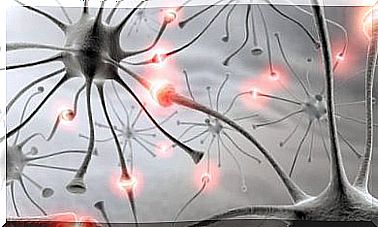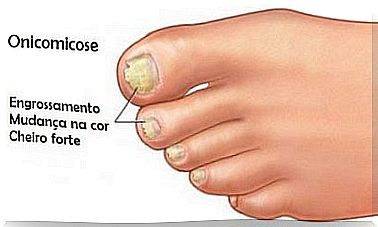Knee Sprain: Causes, Symptoms And Recommendations
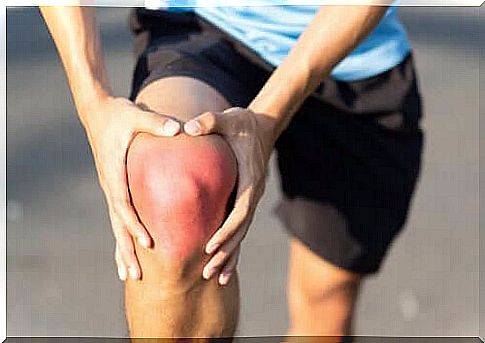
A knee sprain is actually a generic name for other more specific pathologies that are located in this joint. Its treatment depends on the injured ligament. We are facing a complex body region, mainly in its soft tissues.
It is said that there is a sprain when the ligaments stretch too far. They go beyond their limit and this causes injuries, leading to the loss of their characteristic elasticity. In the case of the knee, the cruciate ligaments (which are inside the joint), the outer sides (outside) or the inner sides may stretch.
Causes of Knee Sprain
A knee sprain has multiple causes, especially if we take into account that each ligament has its particular mechanism by which it is injured. What happens to the cruciate ligaments is not the same as what happens to the lateral ligaments.
Athletes are the most exposed and, within each discipline, there is a greater or lesser risk of straining one or another tissue. As we anticipated, it can also occur at home and in everyday accident injuries.
Consider, for example, a foot that is caught on a loose floor and causes the lower limb to rotate on itself. On the other hand, contact sports such as soccer have a high risk of cruciate ligament injury.
Another common cause is present in frontal car accidents that can crush the limbs. In sports such as rugby, can occur sprains of the lateral ligaments due to side strokes among the players.
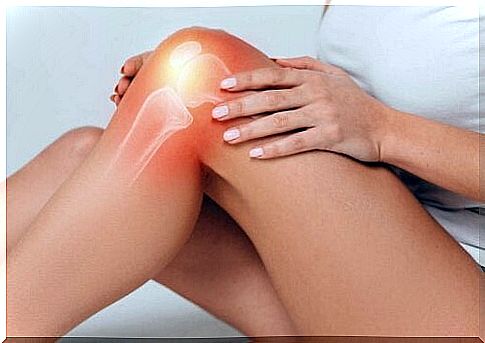
degrees of injury
Knee sprains are classified in degrees according to their severity. This classification is common in ligamentous strains and determines the treatments.
First degree
A first-degree knee sprain is the mildest form. In general, the person with this clinical condition presents bearable symptoms that do not go beyond mild pain and a little immobility. It occurs due to the distension of some fibers in the ligaments, but not all. There is also no breakage, so it is unlikely that a bruise will appear in the affected area.
High school
According to the trauma classification, this degree of knee sprain involves a rupture of more than half of the involved ligament. Functional impotence is moderate and activity cannot continue. The pain incapacitates you to the point of forcing you to rest.
Third degree
The most serious form is ligament tear. It can often be a complete collapse of one of the cruciate or lateral ligaments. The situation is serious and requires surgical intervention to repair the damage.
The knee must be immobilized and the indication is to rest until healing. Bruises that are signs of the lesion may appear.
Knee Sprain Symptoms
We can say that pain is the characteristic sign of these sprains, regardless of the ligament involved. What can vary is the location of the discomfort and its manifestation by one movement or another. Crusaders resent movements coming and going, while others resent lateral movements.
Functional impotence will depend on the degree of severity of the injury. In light forms, the patient can continue walking but not running. From high school onwards, rest is almost mandatory.
The knee and its soft tissue can become inflamed. This will change depending on the position the person takes. When the lower limb is extended and lifted, fluids are redistributed and, thanks to gravity, empty the area, which also relieves pain.
On the other hand, if there is no rest, the inflammation increases and puts pressure on the nerves and arteries.
The hematoma is variable. Ligaments lack vascularization, so their rupture does not lead to the outflow of subcutaneous blood, although the surrounding tissues contribute to this. In the second and third degrees, it is common to observe a change in skin color due to blood leakage.
Possible treatments
Although the treatment of knee sprains depends on the affected ligament and the degree of severity, there are measures that are quite common for all forms:
- Medications : Pain relievers and anti-inflammatory drugs are prescribed by doctors for symptom relief. However, they do not solve the underlying problem.
- Rest: This is one of the keys to recovery. If possible, the joint should rest to promote natural healing. When there is complete rupture, rest is indicated to wait for surgery.
- Immobilization : the use of a compressive bandage can contribute to the reabsorption of extravasated fluids, as well as restraining the knee for pain relief. In more severe cases, a plaster splint or orthosis or some system with external guides can be used to ensure stability. Elastic knee braces are an affordable option for first-degree injuries.
- Surgery : 3rd degree sprain of the knee requires surgery. Torn ligaments must be repaired with an intervention. It will be the orthopedist who will decide the best technique to favor later recovery. As we are facing a complicated variant, it is assumed that recovery will be slow.
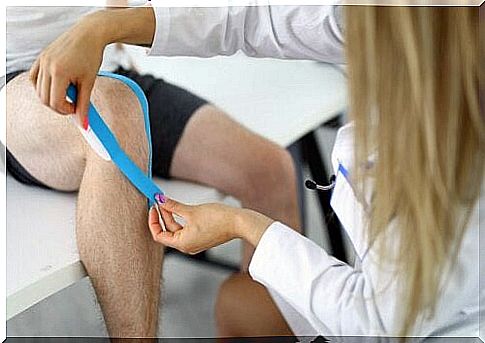
Recovery
The recovery process from a knee sprain goes through different stages. The first is rest, almost mandatory for everyone. The patient must respect this to ensure an evolution that restores their quality of life.
In any case, it should be noted that these treatments are slow. One month is the normal time, but if you had surgery, this period could double. Much more if we talk about resuming demanding sports activities, which implies a rehabilitation plan that can last from 3 to 6 months.
As for physiotherapy, the professional will define the appropriate approach for each case. You can perform mechanical and manual maneuvers or incorporate ultrasound and magnetism. The minimum number of sessions will be 10.
Can we prevent knee sprains?
In the field of sports, the prevention of injuries associated with the practice is a topic with great prominence in the bibliography. In fact, you can prevent a sprained knee by taking precautions with exercise, warm-up, and muscle fatigue.
In any case, there are accidents that, as the name implies, are inevitable. We can reduce the risk of missteps by wearing proper shoes, but that won’t prevent a head-on collision, for example.
Fitness is also a protective factor. Individuals with toned lower limb muscles are less likely to sprain because these tissues act as stabilizers for the joint.
In the face of any pain or inflammation of the knee, it is advisable to consult a doctor. We may not have noticed the first degree sprain instantly and it may be developing slowly. The quick consultation is a way to prevent evolution so as not to damage the ligament any more than it has already been damaged.


